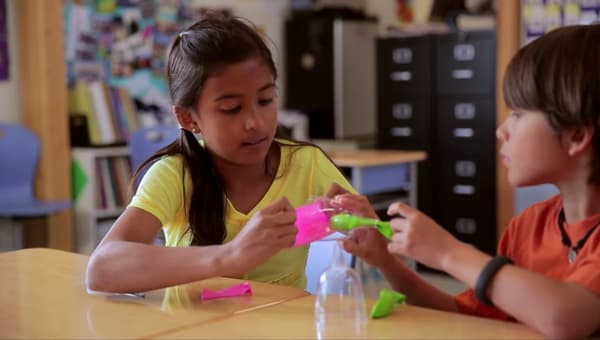
Please wait…
This video is having trouble loading. You may have lost your Internet connection.
Step 1: Click to Reload this page
Step 2: Click to
Try our other video player
Step 3: contact support if trouble persists.
Or,
dismiss this message.
Full Screen
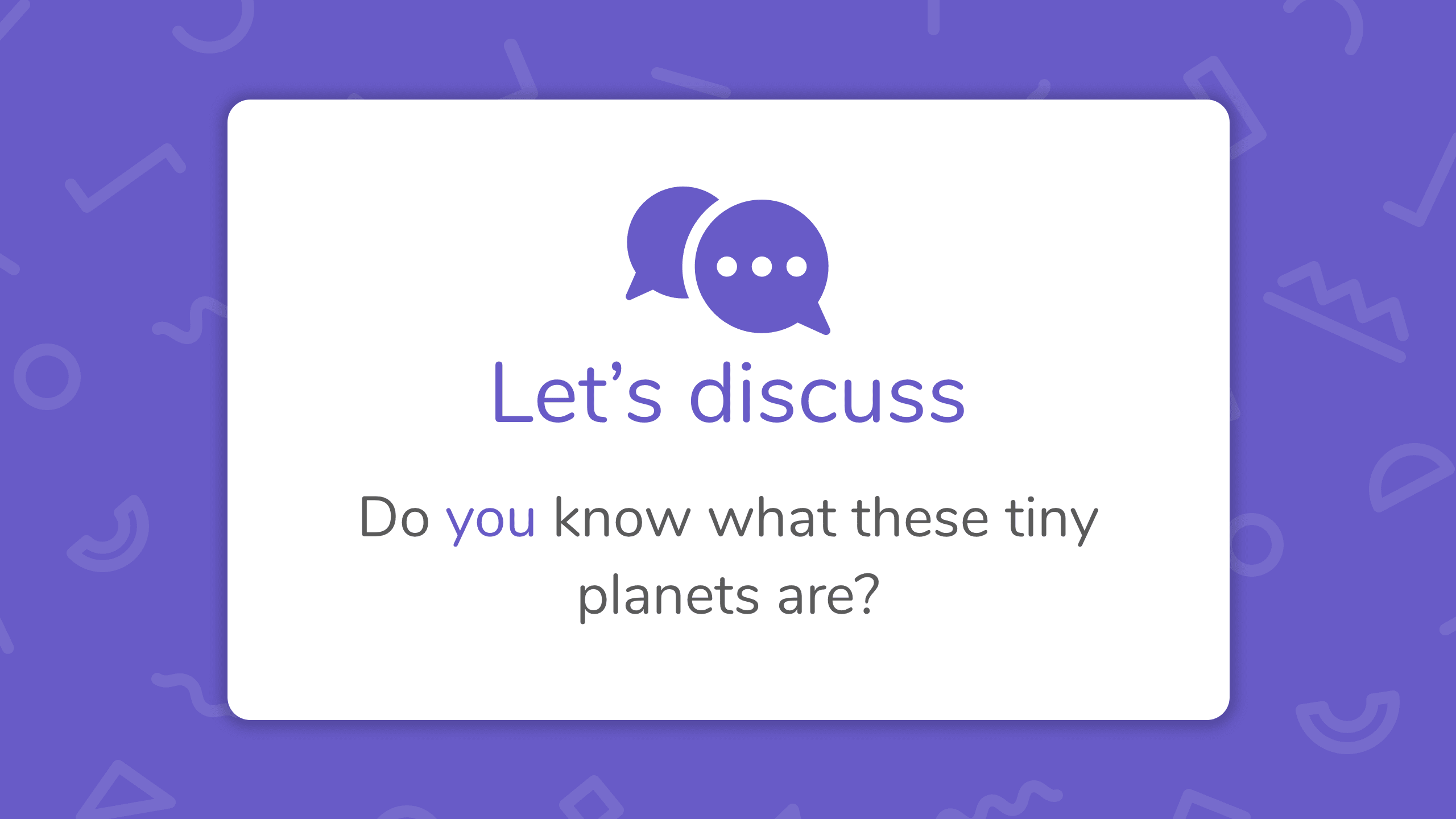
Full Screen

Please wait…
This video is having trouble loading. You may have lost your Internet connection.
Step 1: Click to Reload this page
Step 2: Click to
Try our other video player
Step 3: contact support if trouble persists.
Or,
dismiss this message.
Full Screen
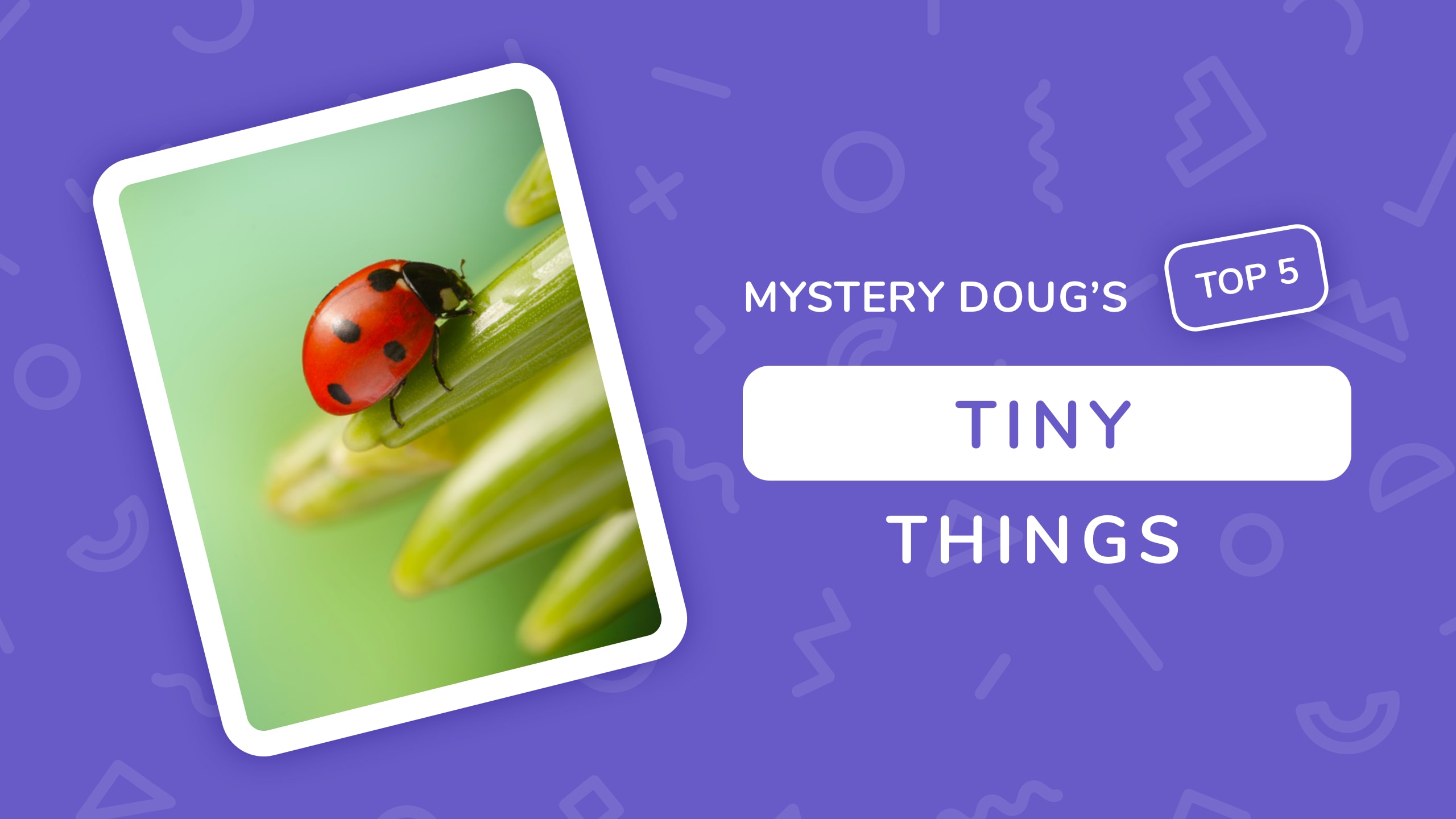
Full Screen

Please wait…
This video is having trouble loading. You may have lost your Internet connection.
Step 1: Click to Reload this page
Step 2: Click to
Try our other video player
Step 3: contact support if trouble persists.
Or,
dismiss this message.
Full Screen
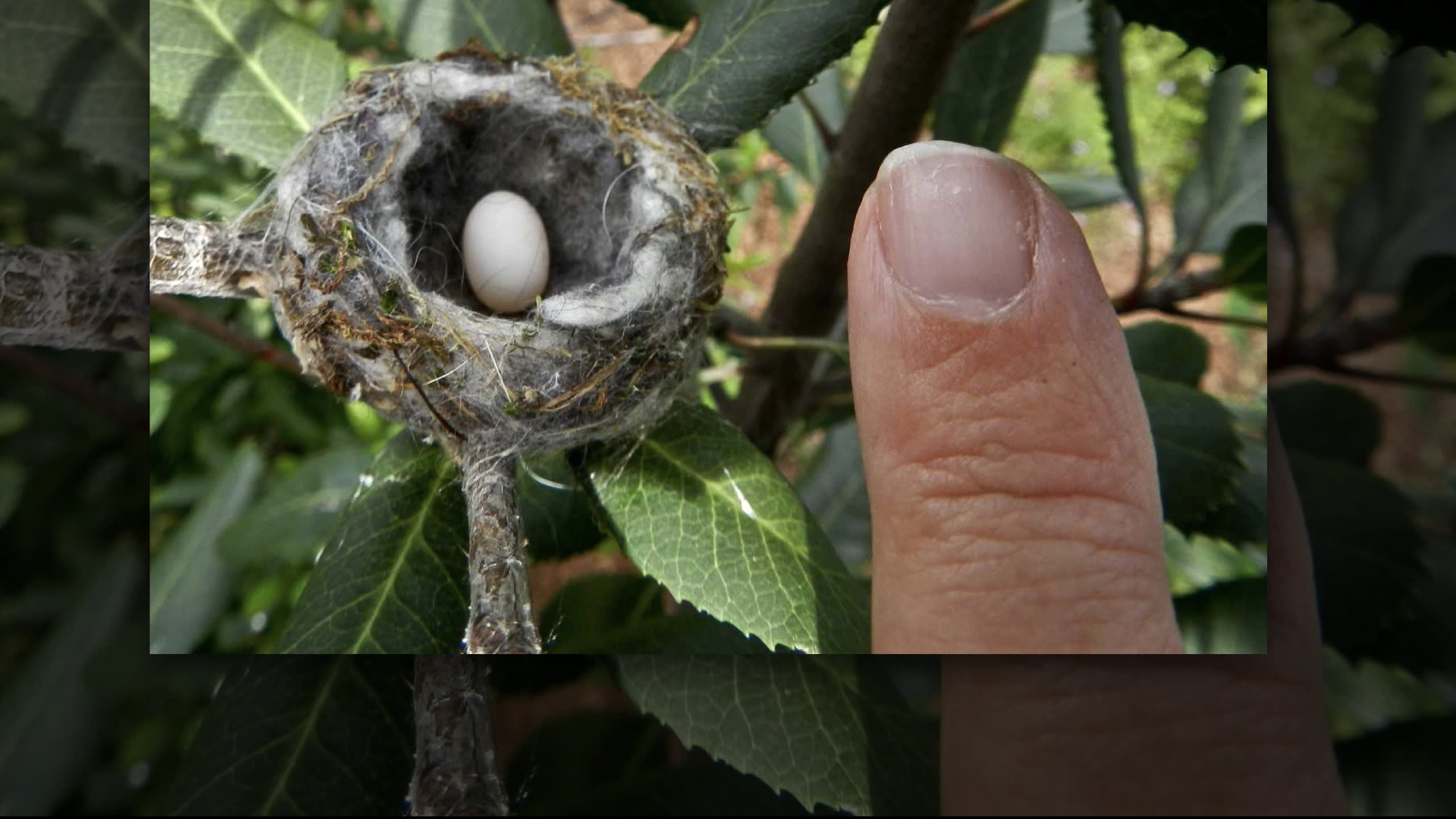
Check out this tiny egg that's even smaller than a
fingernail! What kind of bird do you think laid this egg?
Full Screen

Please wait…
This video is having trouble loading. You may have lost your Internet connection.
Step 1: Click to Reload this page
Step 2: Click to
Try our other video player
Step 3: contact support if trouble persists.
Or,
dismiss this message.
It’s a hummingbird nest! Hummingbirds are the smallest
birds in the world, so of course their eggs are tiny!
Full Screen

Please wait…
This video is having trouble loading. You may have lost your Internet connection.
Step 1: Click to Reload this page
Step 2: Click to
Try our other video player
Step 3: contact support if trouble persists.
Or,
dismiss this message.
Full Screen
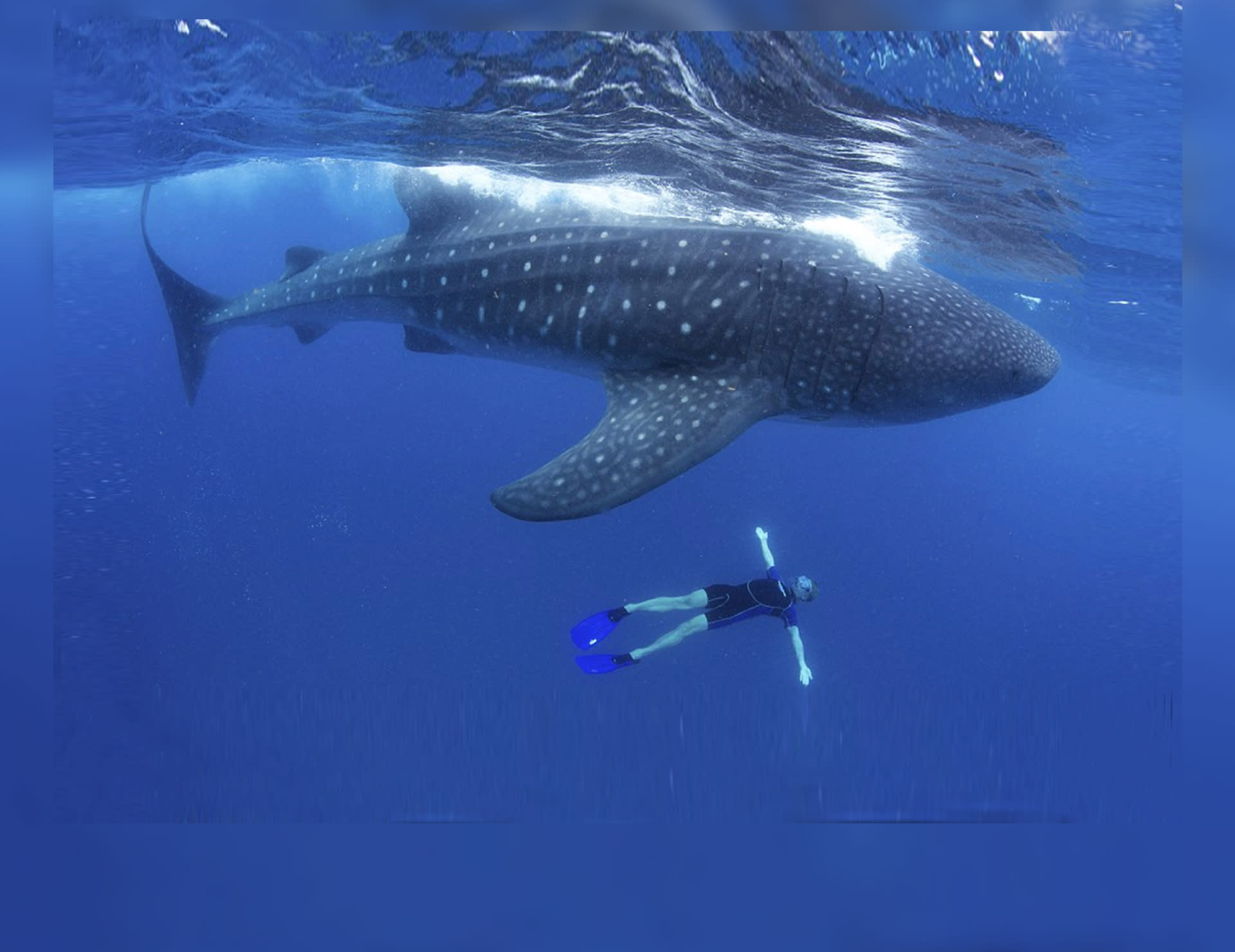
The whale shark is the largest shark. But have you
ever wondered: What’s the smallest shark?
Full Screen

Here’s the smallest shark, a dwarf lantern shark. It lives
extremely deep in the ocean. This one is full grown!
Full Screen

Please wait…
This video is having trouble loading. You may have lost your Internet connection.
Step 1: Click to Reload this page
Step 2: Click to
Try our other video player
Step 3: contact support if trouble persists.
Or,
dismiss this message.
Full Screen
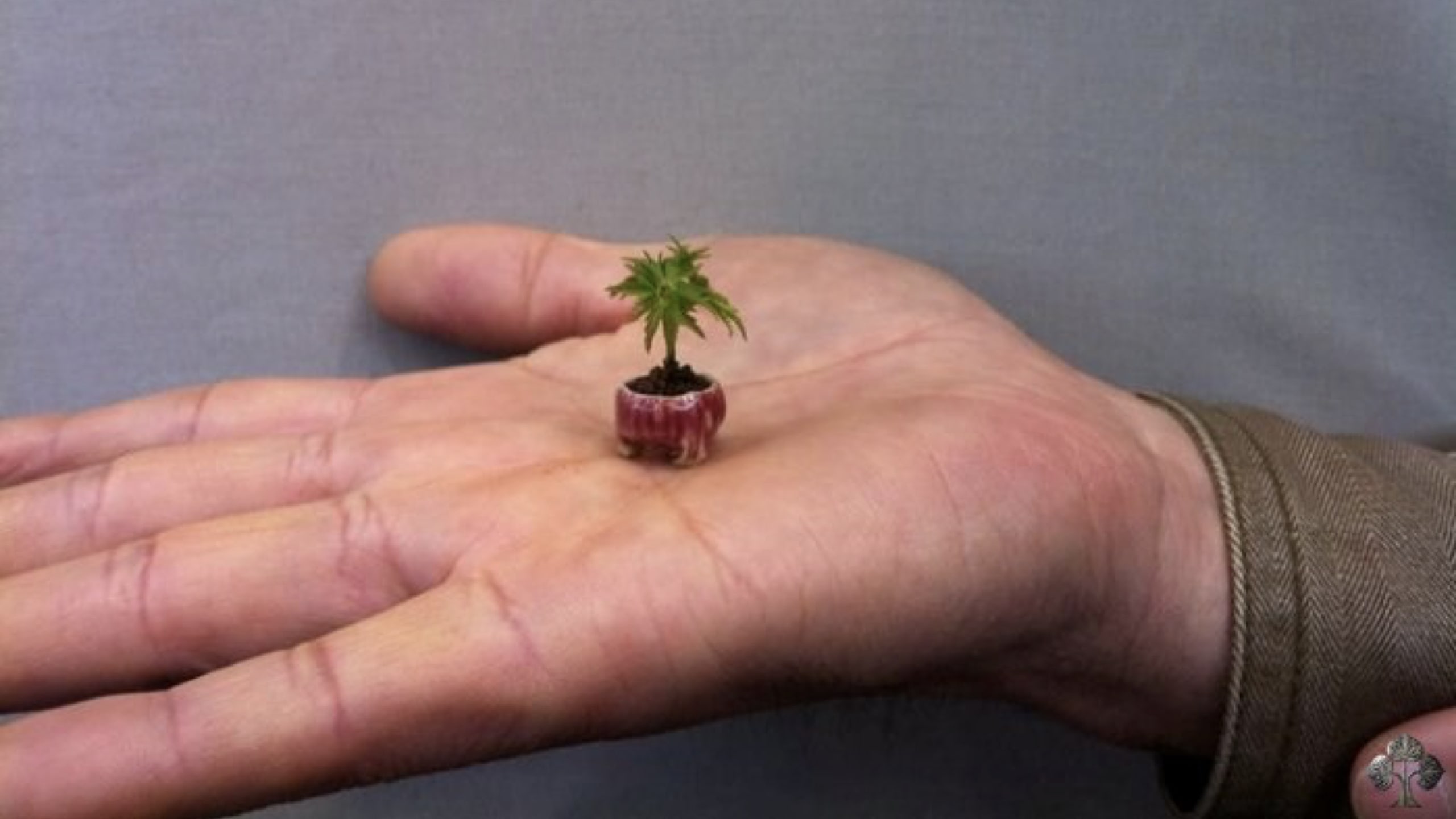
This is one of the tiniest trees in the world, but it wasn’t
supposed to grow this small! What happened to it?
Full Screen

Please wait…
This video is having trouble loading. You may have lost your Internet connection.
Step 1: Click to Reload this page
Step 2: Click to
Try our other video player
Step 3: contact support if trouble persists.
Or,
dismiss this message.
You can make just about any tree stay tiny, if you trim
its roots as it grows. Doing this is called “bonsai."
Full Screen

Please wait…
This video is having trouble loading. You may have lost your Internet connection.
Step 1: Click to Reload this page
Step 2: Click to
Try our other video player
Step 3: contact support if trouble persists.
Or,
dismiss this message.
Full Screen

Please wait…
This video is having trouble loading. You may have lost your Internet connection.
Step 1: Click to Reload this page
Step 2: Click to
Try our other video player
Step 3: contact support if trouble persists.
Or,
dismiss this message.
You know what tornadoes look like and how destructive
they can be. But have you ever seen a tiny one?
Full Screen

Please wait…
This video is having trouble loading. You may have lost your Internet connection.
Step 1: Click to Reload this page
Step 2: Click to
Try our other video player
Step 3: contact support if trouble persists.
Or,
dismiss this message.
Tiny tornadoes are called dust devils and they’re
usually harmless!
Full Screen

Please wait…
This video is having trouble loading. You may have lost your Internet connection.
Step 1: Click to Reload this page
Step 2: Click to
Try our other video player
Step 3: contact support if trouble persists.
Or,
dismiss this message.
Most dust devils only last a minute or two. People at this
game just waited for it to pass then continued to play!
Full Screen

Please wait…
This video is having trouble loading. You may have lost your Internet connection.
Step 1: Click to Reload this page
Step 2: Click to
Try our other video player
Step 3: contact support if trouble persists.
Or,
dismiss this message.
Full Screen
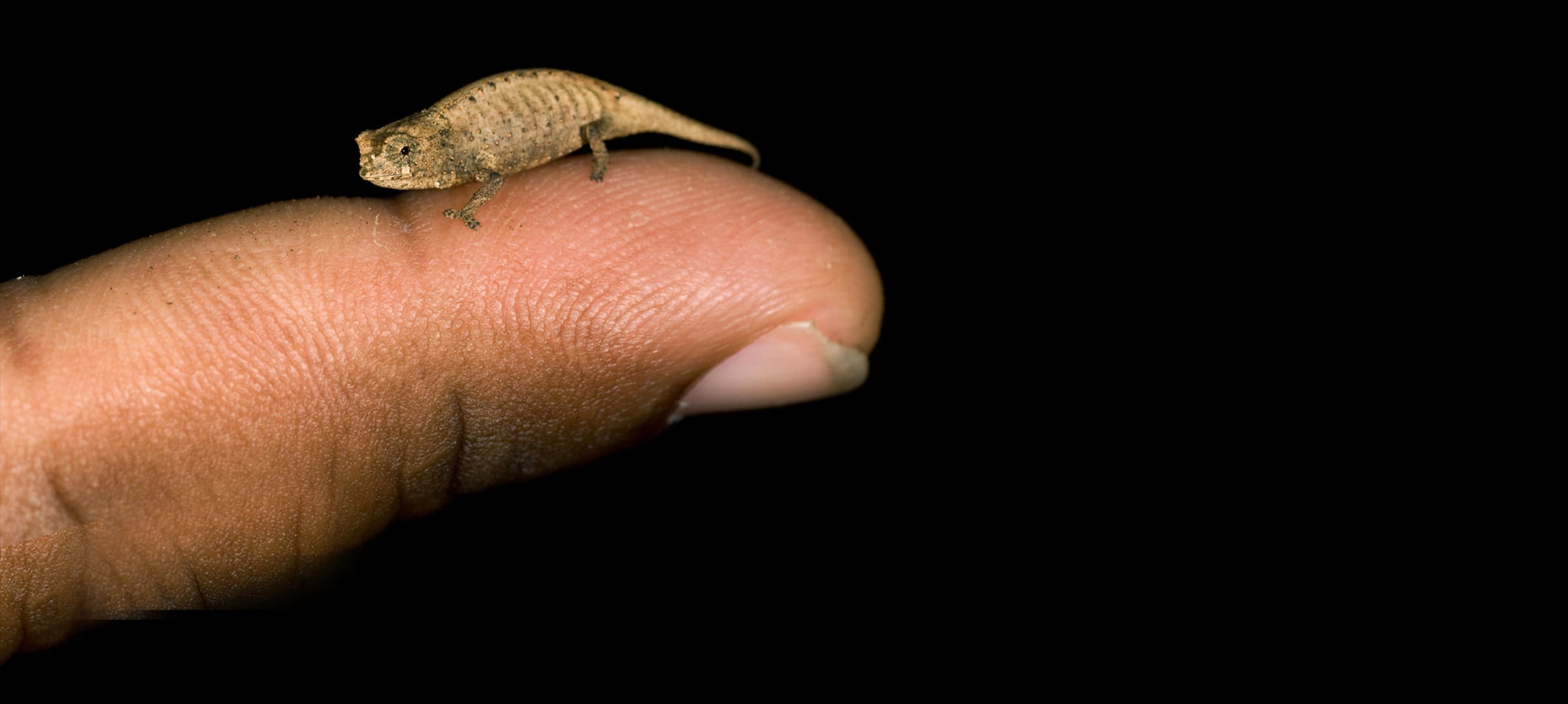
Here’s the smallest lizard, a pygmy chameleon! This one
is an adult. How small do you think a baby one is?
Full Screen

Please wait…
This video is having trouble loading. You may have lost your Internet connection.
Step 1: Click to Reload this page
Step 2: Click to
Try our other video player
Step 3: contact support if trouble persists.
Or,
dismiss this message.
The babies are so small, they can stand on the tip of a
matchstick!
Full Screen

Full Screen

Please wait…
This video is having trouble loading. You may have lost your Internet connection.
Step 1: Click to Reload this page
Step 2: Click to
Try our other video player
Step 3: contact support if trouble persists.
Or,
dismiss this message.
Full Screen
Voting for this episode is now closed. Would you like to vote on the most recent poll?
I pulled three questions from my jar. Which question do you want to explore next week?

-
Why do lightbulbs get hot?
-Lyric, 3rd Grade
-
How are pianos made?
-Vivian, 1st Grade
-
How high can birds fly?
-Nova, 2nd Grade
Is the video not playing properly?
Please follow these steps:
- Very rarely a video will fail to completely load in your browser. Try to reload this page to see if that fixes the problem.
- If reloading does not help, try our other video player .
- If the video still fails to play, open this video in a new tab and please let us know you’re having trouble. We want to fix this issue for you.
Why isn’t Pluto a (major) planet anymore?
Watch the video to discover the answer and don't forget to vote for next week's question. There are mysteries all around us. Have fun and stay curious!
